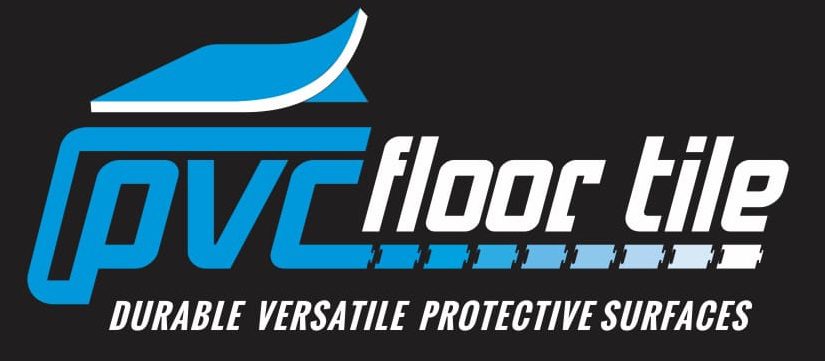Floor Matting
Floor matting refers to any type of material used to cover and protect the floor surface. Floor matting can be made of various materials, including rubber, vinyl, carpet, and foam. It is commonly used in homes, offices, commercial buildings, and industrial facilities.
The right floor matting can make a big difference in the look, feel and safety of any space. Whether you’re creating a comfortable workspace for employees or making sure your guests don’t slip on a wet floor, there are plenty of options to choose from when it comes to floor matting. From anti-fatigue mats for standing workers to entrance mats that trap dirt and moisture, this guide will help you find the perfect floor matting for your needs.
Purpose of Floor Matting
- Floor matting can provide a non-slip surface that reduces the risk of slips and falls.
- Floor matting can protect floors from scratches, stains, and other types of damage.
- Floor matting can provide a more comfortable surface to stand or walk on for extended periods of time.
- Floor matting can help maintain a clean and hygienic environment by trapping dirt, debris, and moisture.
Types of Floor Matting
There are various types of floor mats available, including entrance mats, anti-fatigue mats, kitchen mats, gym mats, and more. The type of floor matting you choose will depend on your specific needs and the environment in which it will be used.
Anti-fatigue Mats

Entrance Mats

Vinyl Mats
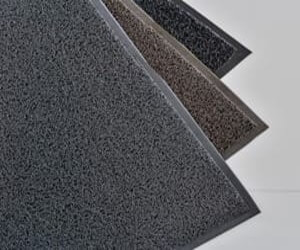
Static Mats
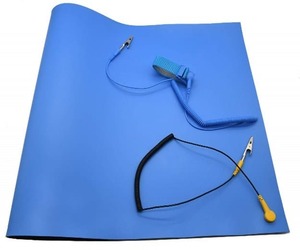
Logo Mats
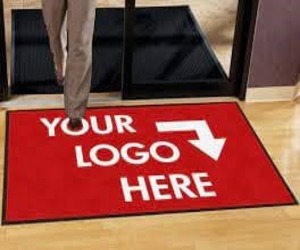
Runner Mats
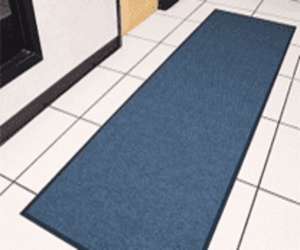
Gym Mats
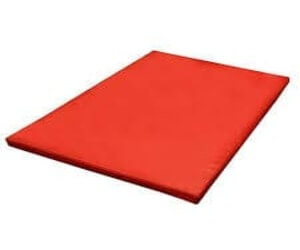
Kitchen Mats
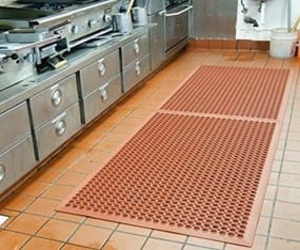
Rubber Mats

Carpets
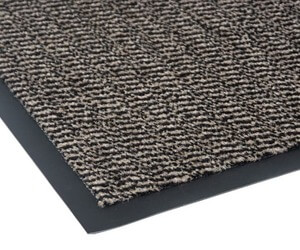
- These mats are designed to reduce the strain associated withstanding for long periods of time, making them ideal for commercial settings such as retail stores and restaurants. They can also be used in homes to help alleviate discomfort from standing while cooking or doing chores. These mats are designed to provide a more comfortable surface to stand on for extended periods of time. They help to reduce fatigue and discomfort in the feet, legs, and lower back. Anti-fatigue mats can be made of rubber, vinyl, or foam.
- These mats are designed to capture dirt and debris from shoes and wheeled objects, helping to keep your floors clean. They come in a variety of materials and types, including absorbent mats for wet areas and scraper mats for high-traffic areas.
- Rubber mats are durable and can be used in both commercial and residential settings. They provide excellent traction, making them ideal for use in wet areas such as showers, pools, and spas. They can also be used in high-traffic areas to reduce wear and tear on floors.
- Vinyl mats are great for commercial settings because they are easy to clean and maintain. They come in a variety of styles and colors, making them a good choice for areas that need to look attractive while being functional.
- Carpet mats provide comfort and insulation, making them a great choice for homes. They come in a variety of colors and textures, allowing you to choose one that will match the decor of your room. They can also add a touch of luxury and warmth to any space.
- There are several specialty mats that can be used in specific settings. These include antistatic mats for use in electronics laboratories, ESD mats for static control, and conductive mats for use in welding or soldering areas.
- These mats are designed for use in commercial kitchens to provide a slip-resistant surface that is easy to clean. They help to prevent slips and falls in areas that are prone to spills and wetness. Kitchen mats can be made of rubber or vinyl.
- These mats are designed for use in gyms and fitness centers to provide a cushioned surface that absorbs impact and reduces the risk of injury. They can be used for activities such as weightlifting, yoga, and aerobics. Gym mats can be made of rubber or foam.
- These mats are designed for use outside of buildings to trap dirt, debris, and moisture from shoes. They help to prevent slips and falls on wet or slippery surfaces. Outdoor mats can be made of rubber, carpet, or vinyl.
- These mats can be customized with a company’s logo or message to promote brand awareness. They are often used in entranceways or reception areas to create a professional and welcoming atmosphere. Logo mats can be made of carpet or vinyl.
- These mats are long, narrow mats that can be used in hallways, walkways, or other areas where people frequently walk. They help to protect floors from wear and tear and provide a slip-resistant surface. Runners can be made of rubber, vinyl, or carpet.
